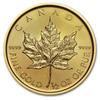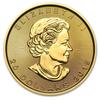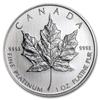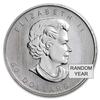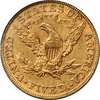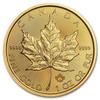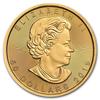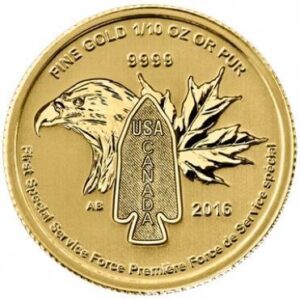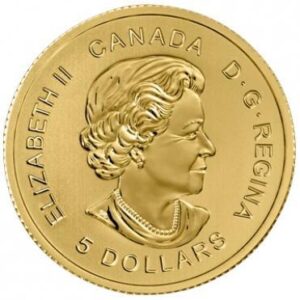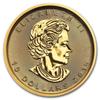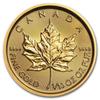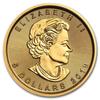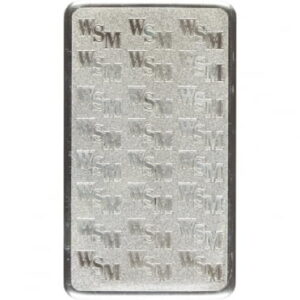View More
Show All Results...
Click to get started or call the number below to speak with one of our Account Executives for more information about availability, pricing, and questions.
Contains oz of 22-karat (.9167) gold. – Depicts the springbok antelope on the reverse.
Paul Kruger, namesake of the coin, featured on the obverse.
Official bullion product of South Africa.
At a time when no other mint in the world was striking a gold bullion coin, the South African Mint introduced the Gold Krugerrand as a way to export its vast gold and encourage private investment in gold bullion products.
Debuting in 1967, the Krugerrand would eventually come to account for more than 90% of the global gold coin marketplace. It would stand alone as the premier gold coin of the world until 1979 when the Royal Canadian Mint released the Canadian Gold Maple Leaf.
The downfall of the South African Krugerrand is the result of political maneuvering and not lack of quality in the product. South Africas apartheid system, which separated black and white South Africans, led to a Western boycott on the import of South African Krugerrands in the late 1970s and 1980s.
Even while it was banned for import in the West, an estimated 22 million Krugerrands entered the United States alone between 1974 and 1985. Today it remains as an excellent example of gold bullion coin craftsmanship.
On the obverse is a design from Otto Schultz featuring the left-profile portrait of Paul Kruger, the four-term president of the old South African Republic under Boer control, and the man whom the coin would come to be named after.
| Size | Purity | Weight | Metal Content | Diameter |
|---|---|---|---|---|
| 91.67% | 1 oz. | Gold | 27 mm | |
| 91.67% | 0.25 oz. | Gold | 22mm | |
| 91.67% | 0.10 oz. | Gold | 16.50 mm |
Specifications are obtained from sources believed to be reliable. However, Goldline does not guarantee their accuracy.
Contains oz of 22-karat (.9167) gold. – Depicts the springbok antelope on the reverse.
Paul Kruger, namesake of the coin, featured on the obverse.
Official bullion product of South Africa.
At a time when no other mint in the world was striking a gold bullion coin, the South African Mint introduced the Gold Krugerrand as a way to export its vast gold and encourage private investment in gold bullion products.
Debuting in 1967, the Krugerrand would eventually come to account for more than 90% of the global gold coin marketplace. It would stand alone as the premier gold coin of the world until 1979 when the Royal Canadian Mint released the Canadian Gold Maple Leaf.
The downfall of the South African Krugerrand is the result of political maneuvering and not lack of quality in the product. South Africas apartheid system, which separated black and white South Africans, led to a Western boycott on the import of South African Krugerrands in the late 1970s and 1980s.
Even while it was banned for import in the West, an estimated 22 million Krugerrands entered the United States alone between 1974 and 1985. Today it remains as an excellent example of gold bullion coin craftsmanship.
On the obverse is a design from Otto Schultz featuring the left-profile portrait of Paul Kruger, the four-term president of the old South African Republic under Boer control, and the man whom the coin would come to be named after.
| Size | Purity | Weight | Metal Content | Diameter |
|---|---|---|---|---|
| 91.67% | 1 oz. | Gold | 27 mm | |
| 91.67% | 0.25 oz. | Gold | 22mm | |
| 91.67% | 0.10 oz. | Gold | 16.50 mm |
Specifications are obtained from sources believed to be reliable. However, Goldline does not guarantee their accuracy.

